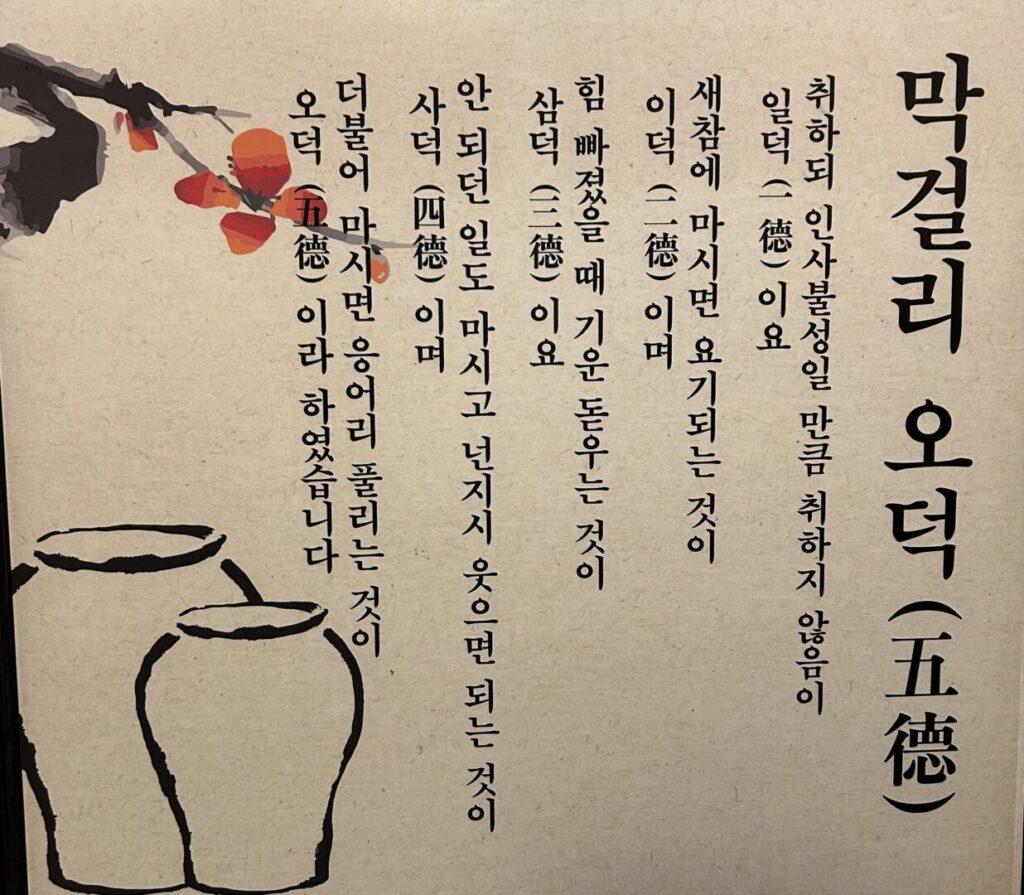Why do Korean people drink Makgeolli when it rains?
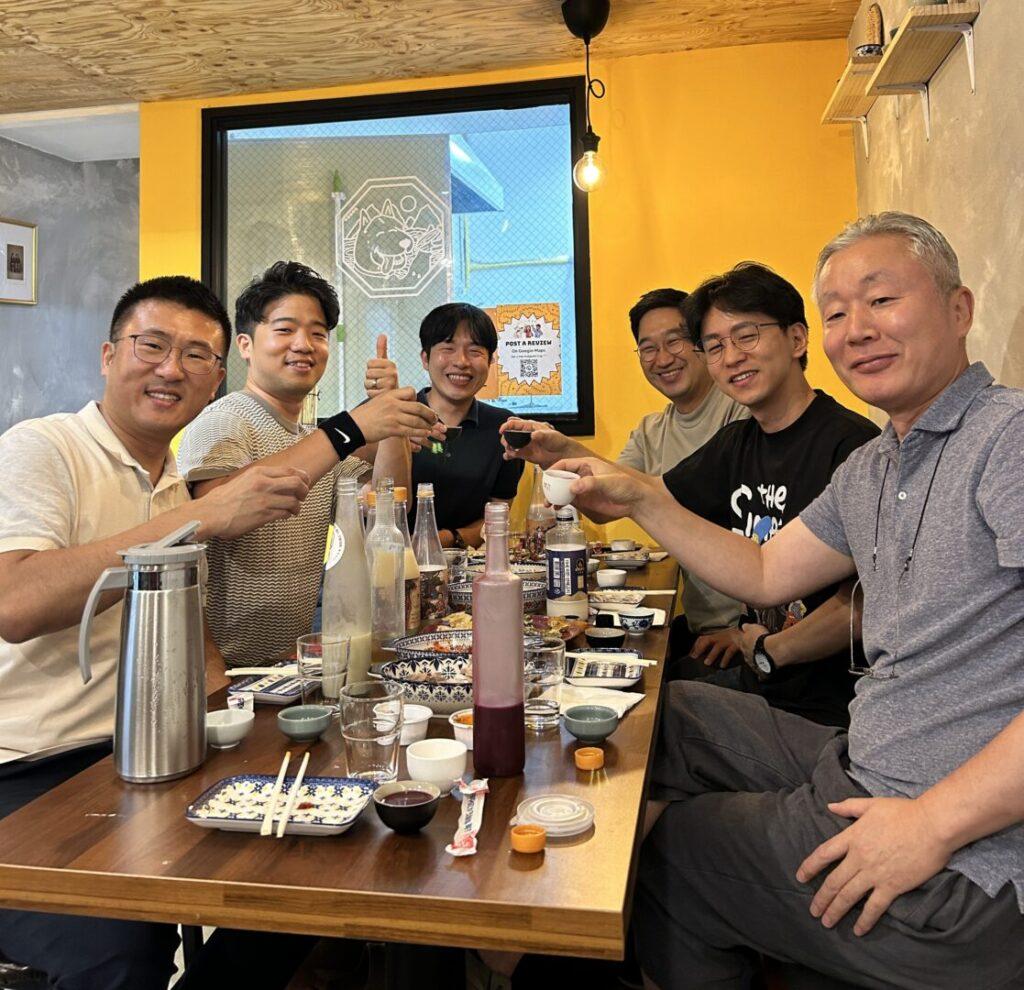
Locals flock to their neighborhood Makgeoli Pubs “Jumak”, savoring the duo as the perfect rainy day indulgence.
Rainy days often bring a sense of melancholy, but there’s something about the combination of Pajeon (Fried pancakes) and Makgeolli that seems to lift Korean people’s spirits. In this article, we delve into the reasons behind these comforting culinary choices and explore the emotional appeal that makes them a perfect match for rainy weather.
Rain is said to reduce serotonin secretion, the neurotransmitter associated with happiness. Pajeon, enriched with amino acids and vitamin B, plays a crucial role in elevating serotonin levels and relieving melancholy. Makgeolli, known for its alcoholic content, also contributes to reducing feelings of depression. The combination of protein, and vitamin B, in Makgeolli, coupled with its refreshing taste, stimulates metabolism and adds to its mood-enhancing properties.
Other people emphasize that the tradition of drinking Makgeolli with Pajeon on rainy days is more like a cultural ritual. People instinctively turn to this combination as a way to forget their sadness, finding solace in the soothing effects of Makgeolli and the comforting crunch of Pajeon. Fond memories of mothers preparing pancakes on rainy days further contribute to the emotional connection. Together, these factors create a perfect harmony of “rain + makgeolli + pajeon.”
Balancing flavors
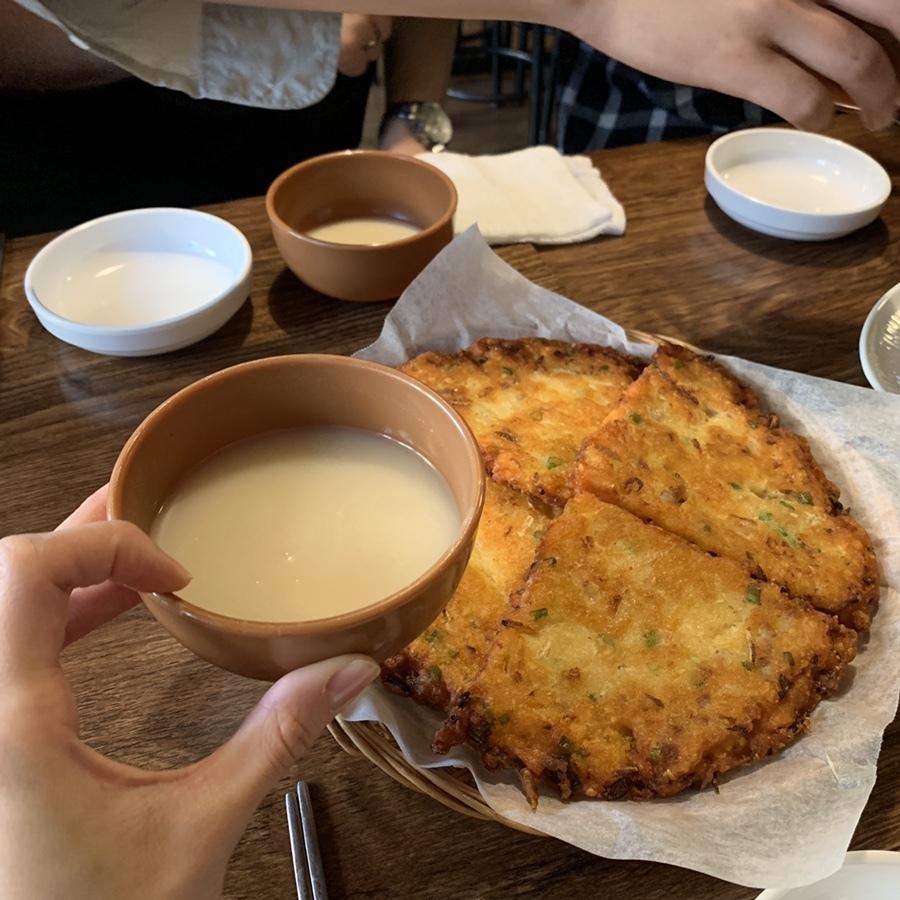
Palette Cleanser
Now, Pajeon takes a dip in the fryer, and as you savor those first bites, the need for something sparkly arises. Its carbonated, light, and refreshing essence serves as the perfect counterbalance to the pancake's richness. Take a sip, have another bite, and soon enough, you'll feel the Makgeolli-induced buzz coursing through your senses.

Augments Flavors
Makgeolli isn't just a drink—it's the perfect complement to your fried pajeon, cutting through oiliness while enhancing the flavors of your side dishes.

Various Types: Sweet, Dry, Savory
Makgeolli isn't always sweet and carbonated like most people assume. The reason why locals and tourists alike think it's always sweet is because that's the most common commercial Makgeolli they sell. Once you get the chance to taste more premium Makgeolli, you'll notice Makgeolli can have different flavors and textures.
The Biggest Issue with Eating Pajeon
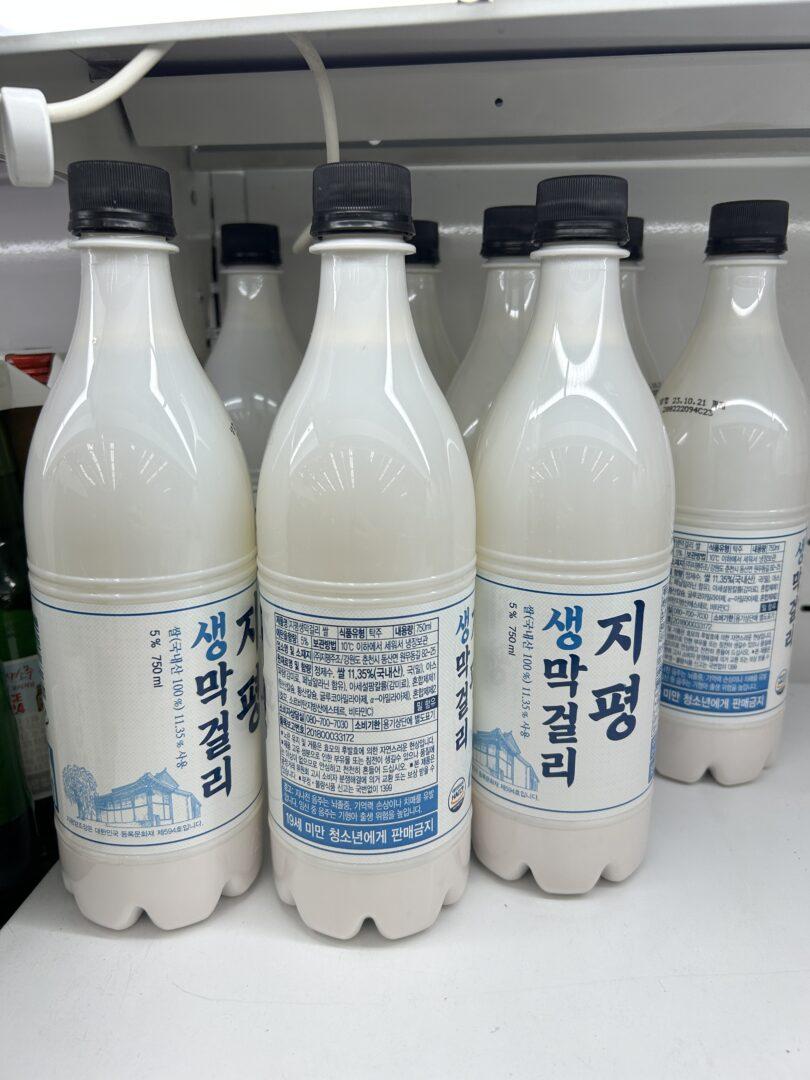

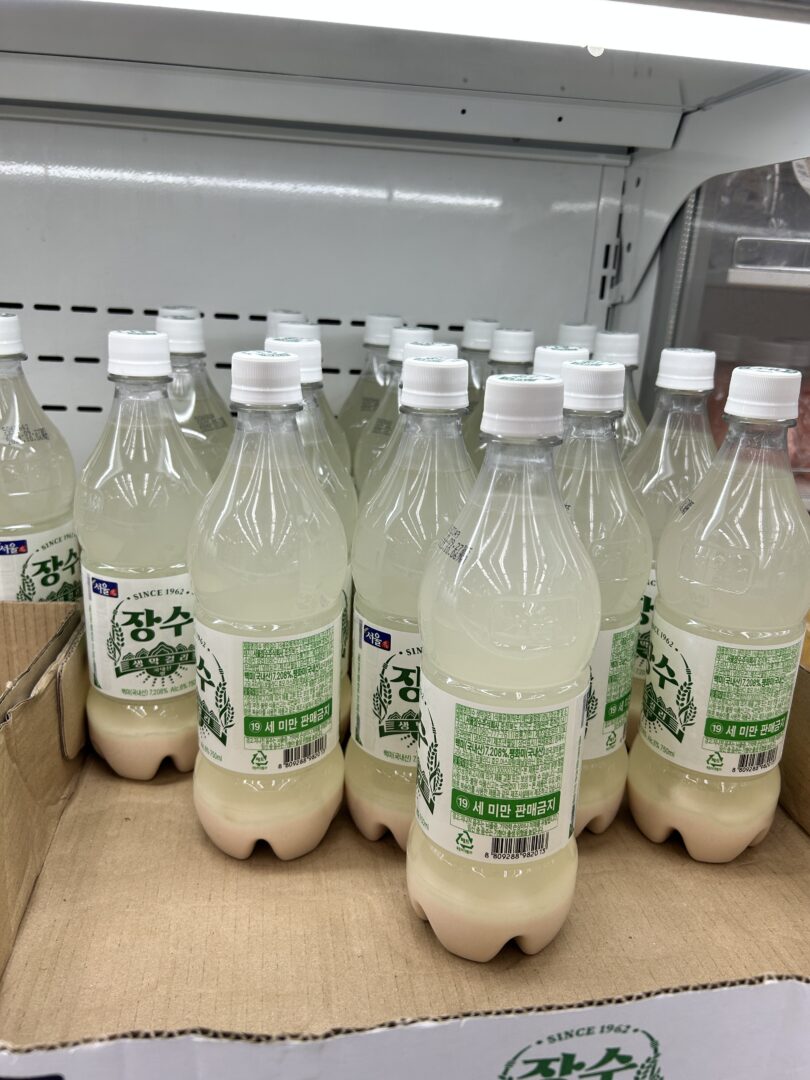
The current world of carbonated Makgeolli consists of a budget-friendly choice across Korea. Found in most Pajeon eateries, convenience stores, and supermarkets.
Even Makgeolli restaurants often opt for it, prioritizing quantity over quality. Vendors sweeten the deal with a showcase fridge, making it hard for local shops to resist the allure of inexpensive abundance.
I don’t have a personal problem with very cheap commercialized aspartame Makgeolli. Still, I wish there were more restaurants and places in Korea such as local neighborhoods and markets selling better quality Makgeolli, and not just the aspartame type. You can learn more about the categories of Makgeolli you should definitely explore in our article here.
Enhance your Dining Experience with Better Makgeolli
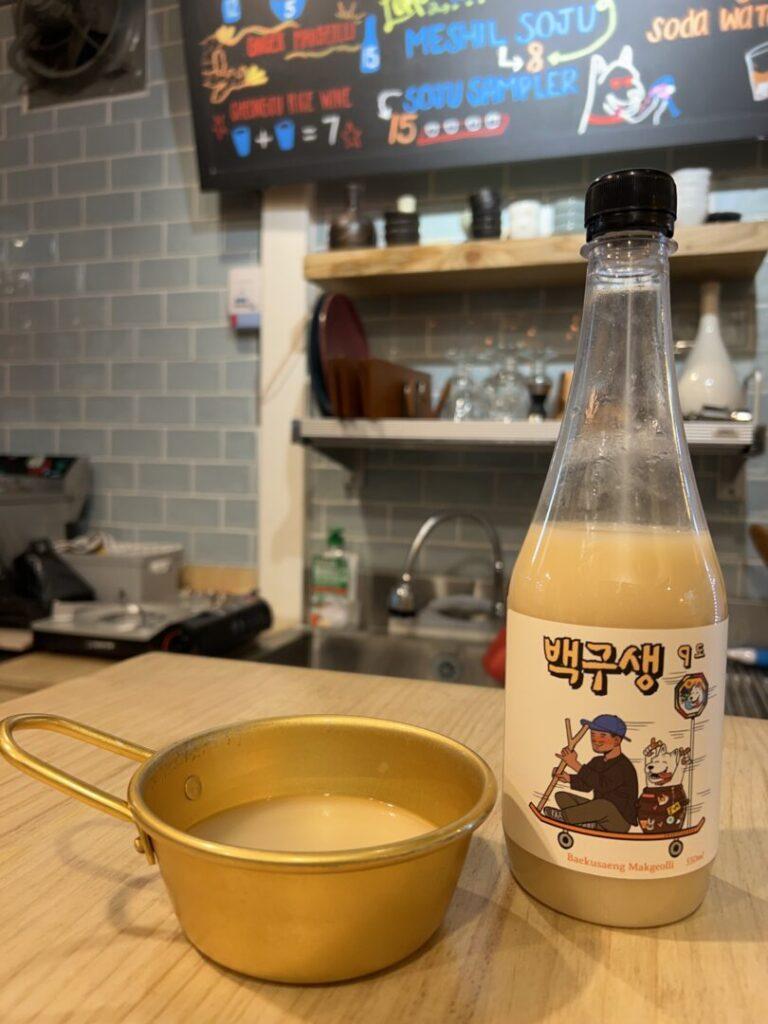
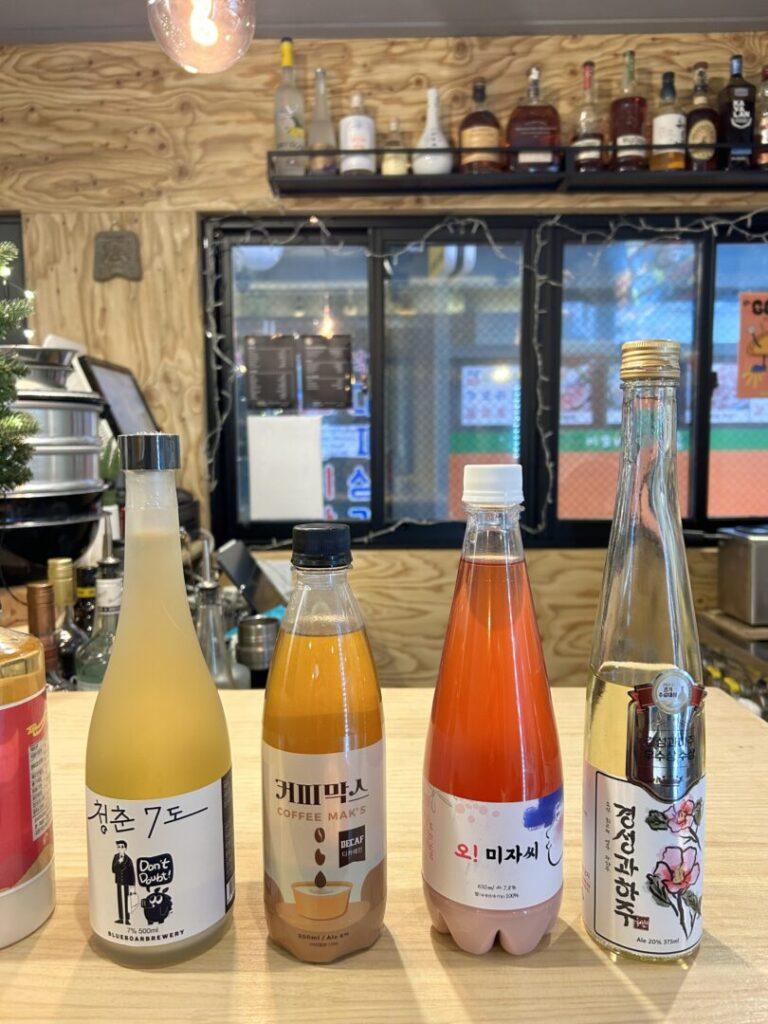
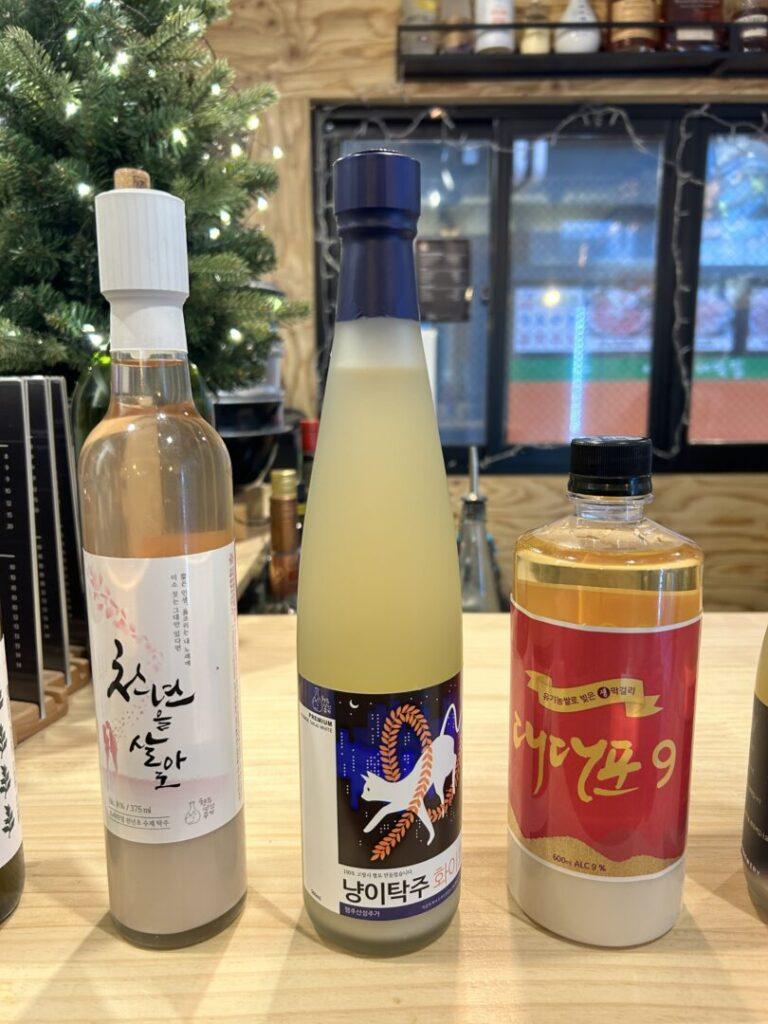

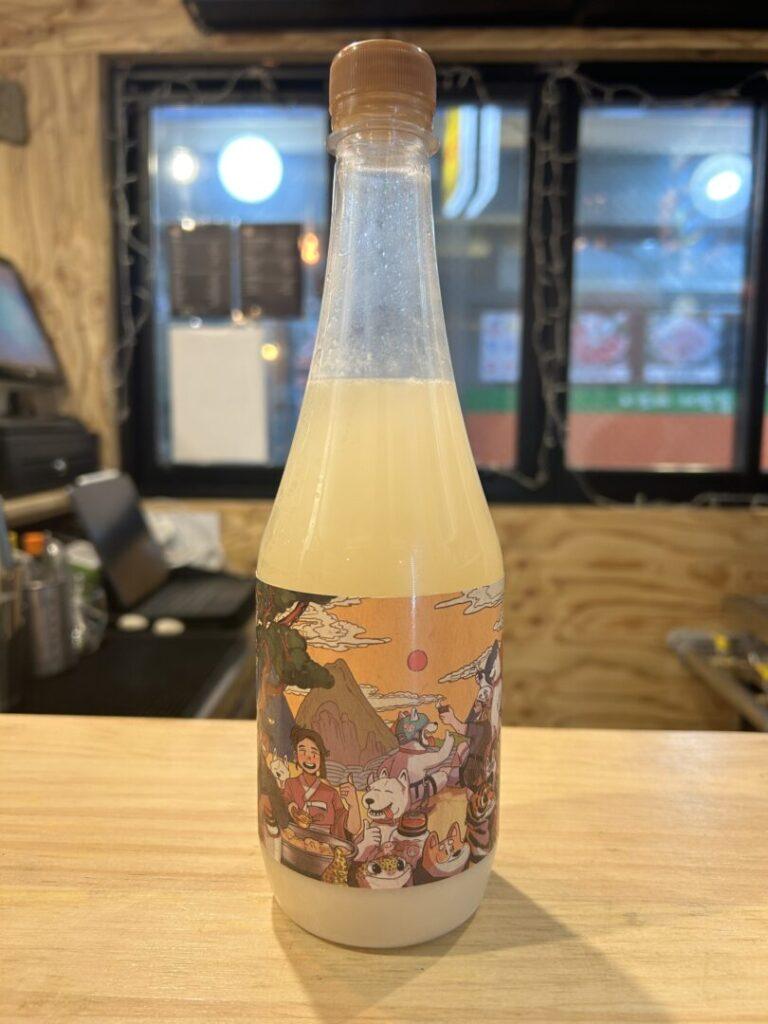
Avoid overly thick Makgeolli, as the creaminess might fill you up too quickly. Steer clear of super sweet flavors that overpower the savory notes of Pajeon, and consider the timing of heavily carbonated Makgeolli—best enjoyed towards the end of your meal. But what about the best Makgeolli recommendations? I’d suggest opting for a slightly tart and sweet variant. The subtle tartness complements the bold and diverse flavors of Korean cuisine, creating a harmonious dining experience.
Alternatively, explore Makgeolli bottles infused with traditional ingredients like Omija berries, pine needles, mugwort, ginger, or sweet potatoes for a unique and rewarding adventure.
If you’re feeling adventurous, consider homebrewing your own Makgeolli. While some exceptional options might be priced between 20,000 to 30,000 KRW, if you’re in the mood to splurge, Cheongju is the way to go. This refined Korean rice wine strikes a perfect balance between sweetness and acidity enhancing the flavors of your side dishes.
So, whether you’re indulging in Pajeon on a rainy day or navigating the intricate world of Makgeolli pairings, remember, in Korean cuisine, every bite and sip is a journey through bold and diverse flavors rooted in tradition.
The Five Virtues of Drinking Makgeolli
